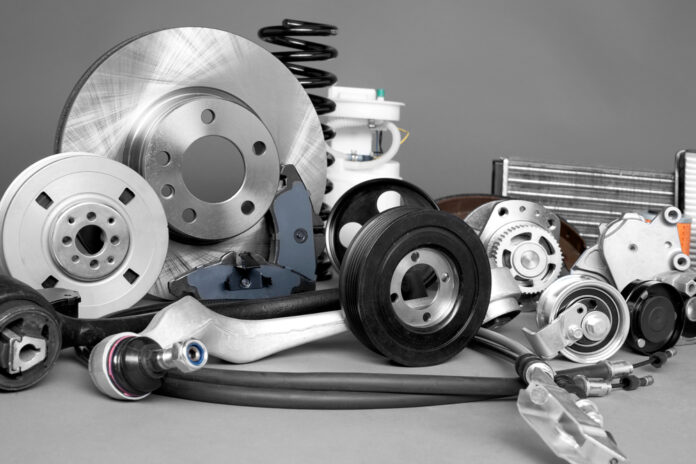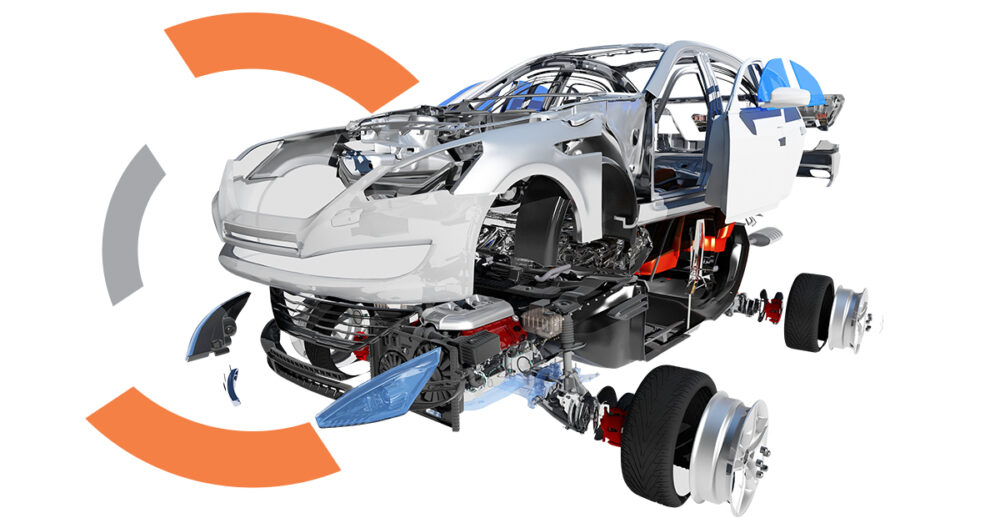
Purchasing used auto parts can be a savvy way to save money while repairing or upgrading your vehicle. However, navigating the world of used parts requires a keen eye and some insider knowledge to ensure you’re getting quality components that won’t fail you down the road. This guide will arm you with essential tips to identify reliable used auto parts, ensuring your vehicle gets the best possible fix without breaking the bank.
Assessing the Seller’s Reputation

Before committing to purchase any used auto part, it’s crucial to assess the seller’s reputation. Start by checking online reviews and testimonials from previous customers. For instance, you might explore reviews for Discount Auto Parts St. Catharines to see how they handle customer issues and the quality of their parts.
Look for patterns in feedback—consistent mentions of quality, customer service, and warranty support are good indicators of a reputable seller. Avoid sellers with multiple reports of incorrect or faulty pieces being delivered.
Another way to gauge a seller’s reliability is by seeking recommendations from trusted sources. This could include friends, family, or trusted mechanics who have experience with purchasing used auto pieces. Personal recommendations can provide insights that are not always visible through online platforms.
Verifying Authenticity

When looking at a used auto part, check for any original labels, markings, or part numbers. These details are essential for verifying that the part is genuine and not a counterfeit. Genuine parts are more likely to meet OEM standards and fit your vehicle without issues. If the part numbers are missing or do not match your vehicle’s specifications, it’s best to search elsewhere.
The history of the part plays a critical role in its reliability. Ask the seller about the origin of the part—what vehicle it came from, how old it is, and why it was removed. Understanding the part’s backstory can help you assess its condition and potential lifespan. Sellers who are hesitant to provide this information might not be as reliable.
Evaluating Part Condition
Start with a thorough visual inspection of the piece. Look for signs of excessive wear, damage, or repairs. Common red flags include rust, cracks, and modifications that can affect the part’s performance. If you’re not able to inspect the part in person, ask the seller for detailed photos from multiple angles.
Ensure that the part is compatible with your vehicle. This involves verifying part numbers and, if possible, testing the piece on your vehicle before finalizing the purchase. Incompatibility can lead to further damage or inefficiency in your vehicle’s performance.
Understanding Warranty and Return Policies

A reliable seller will often provide a warranty on used parts. This warranty can range from a short-term guarantee to extended coverage, depending on the part and seller. Understand the terms of the warranty, what it covers, and for how long. A warranty is a good sign that the seller stands behind the quality of their parts.
Conclusion
Navigating the world of used auto parts doesn’t have to be daunting. By following these guidelines—assessing the seller’s reputation, verifying part authenticity, evaluating the condition, and understanding warranty and return policies—you can make informed decisions that ensure quality and reliability in your automotive repairs. Remember, the key to success in finding reliable used auto parts lies in meticulous research and careful inspection.








